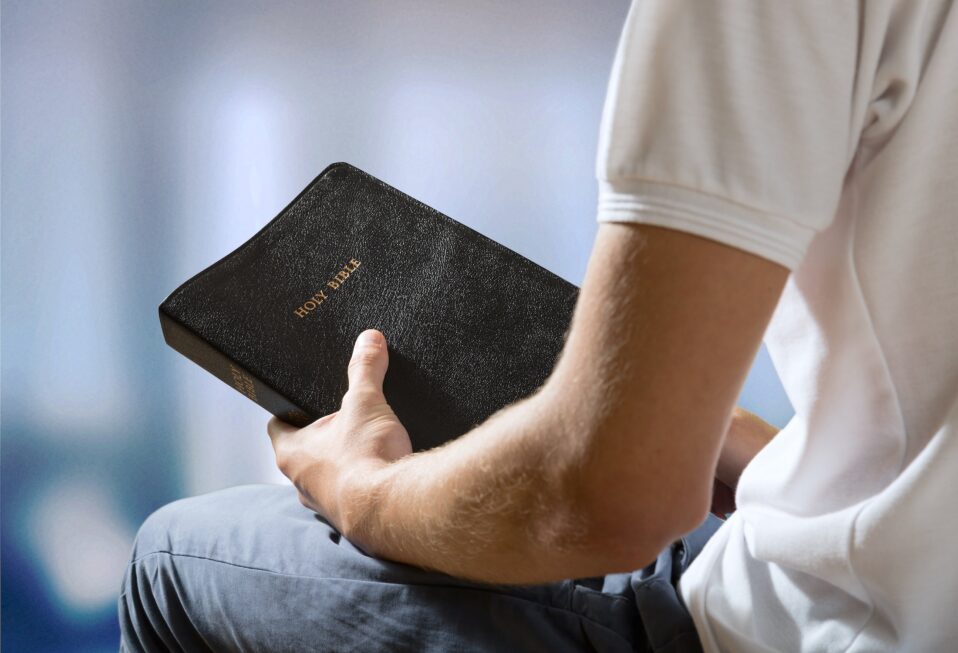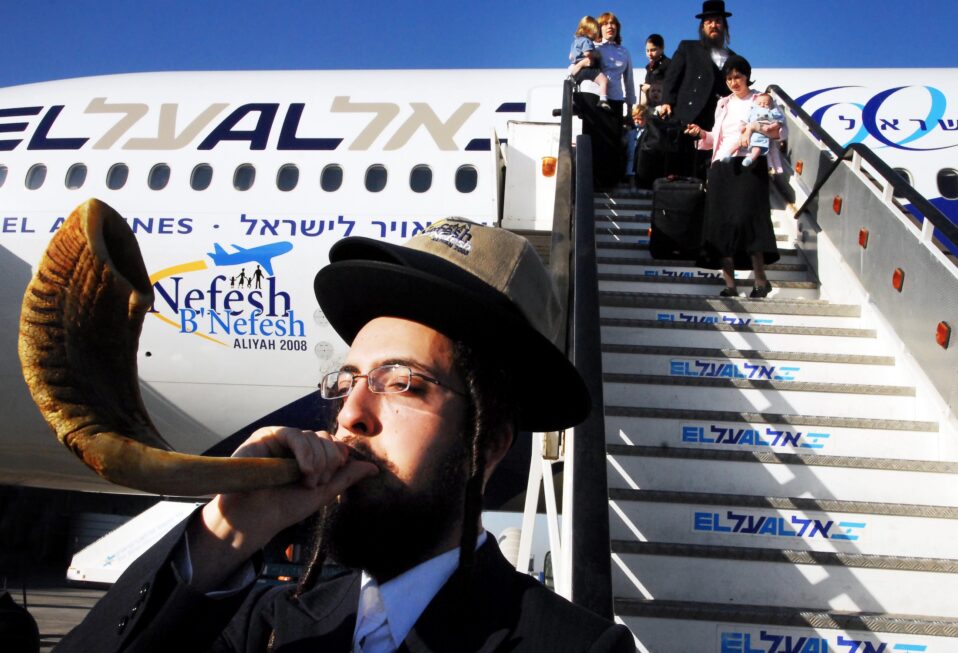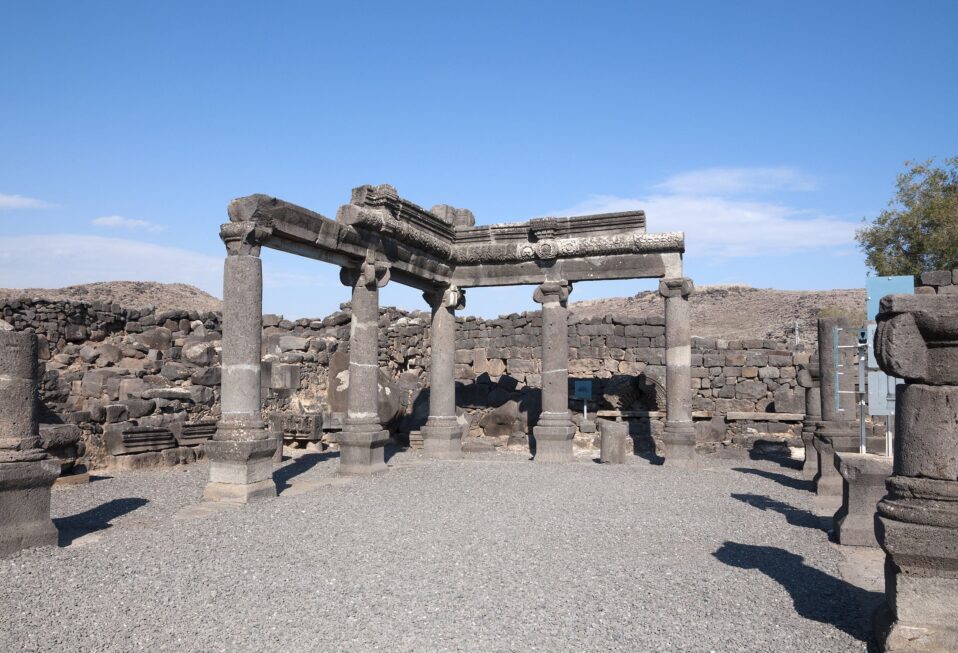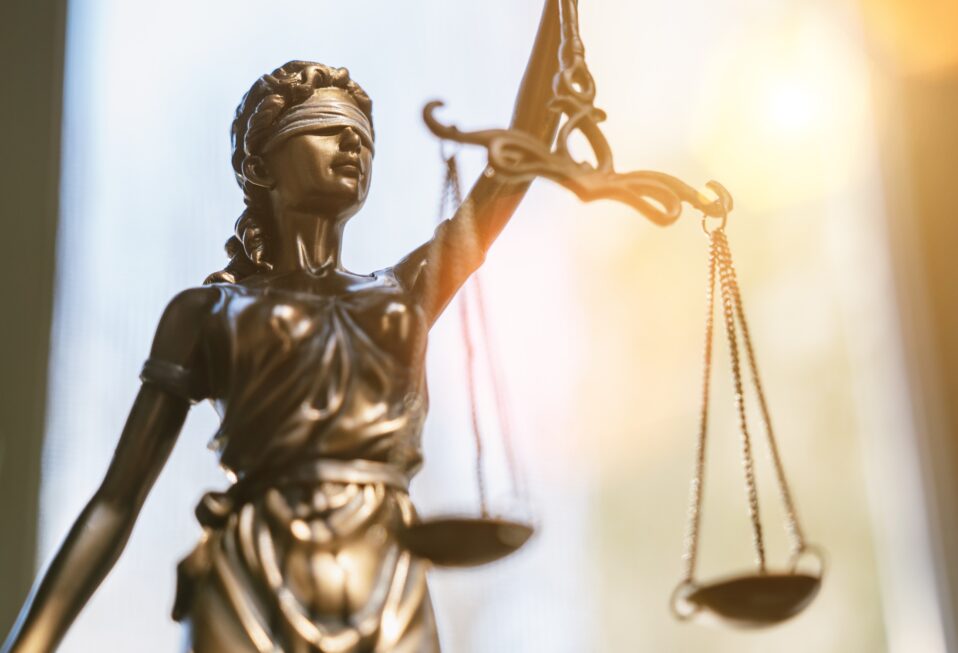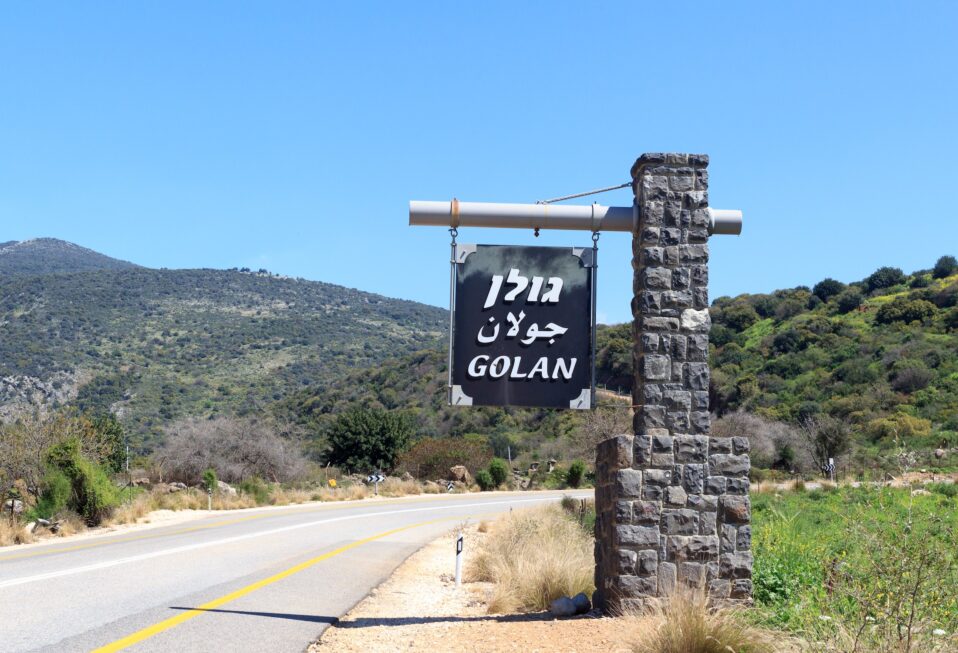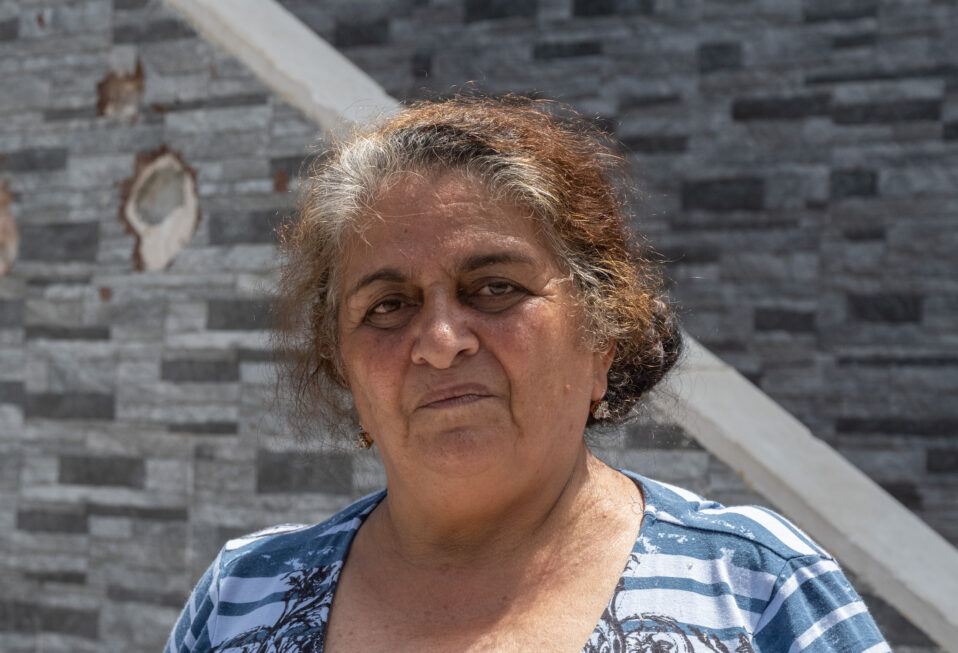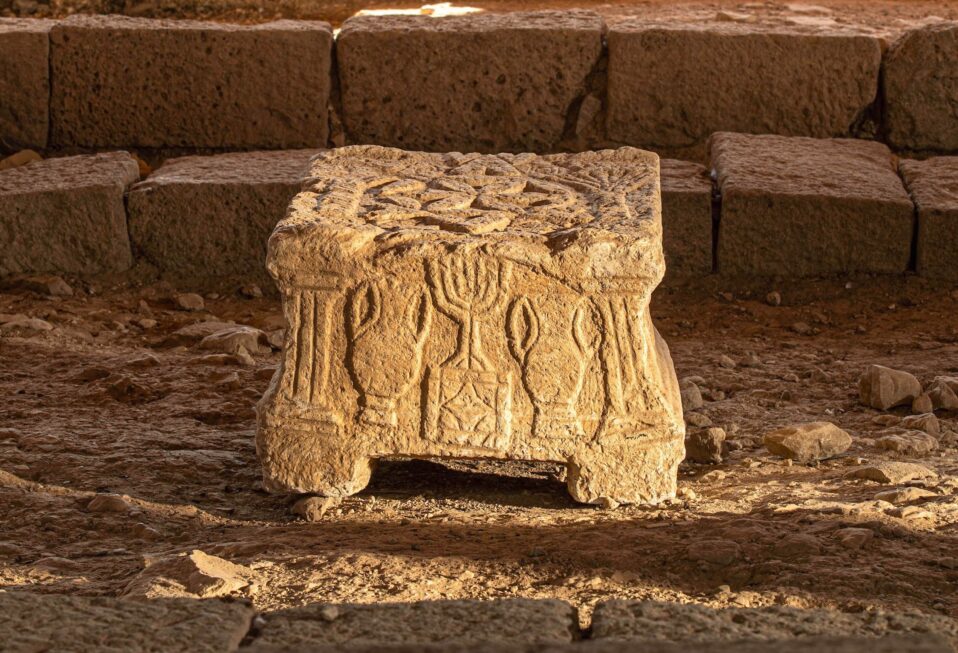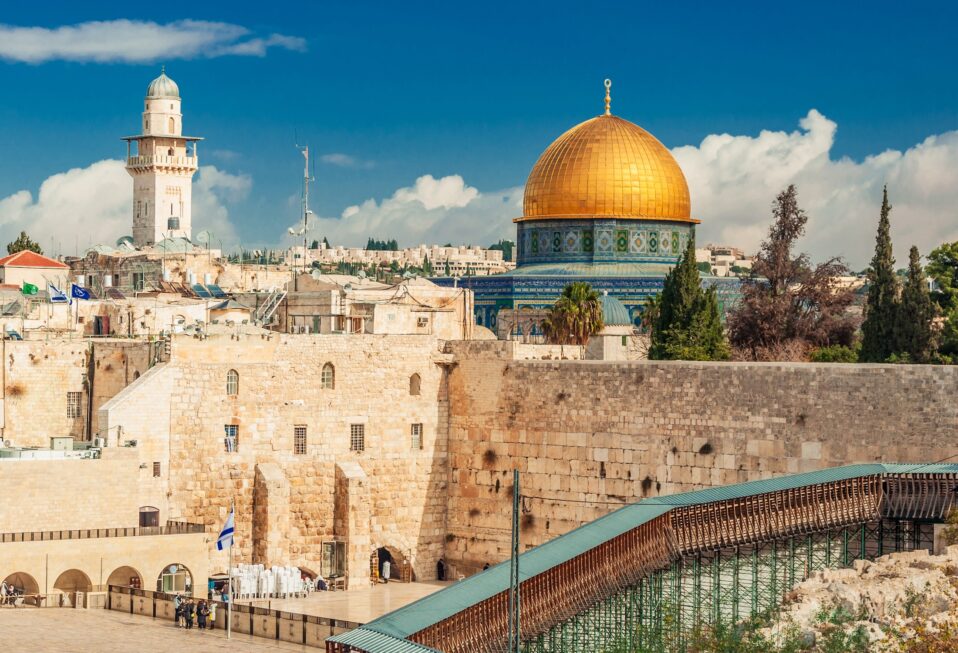By Arlene Bridges Samuels
“Go forth from your land and from your birthplace and from your father’s house, to the land that I will show you” (Genesis 12:1).
Aliyah is a Hebrew word meaning “to ascend.” When we read Psalms 120-134, in essence we are participating in the “Songs of Ascent” much like the Jewish pilgrims “going up” to the First and Second Temples in Jerusalem, rejoicing. Today, Aliyah is used to describe the immigration of Jews from all over the world to their ancestral homeland. Those numbers have been growing since the 19th century, but it all started when God first spoke to Abraham.
God’s call to Abraham is estimated to have occurred sometime between 2000–1700 B.C. His migratory trip, uprooting from Ur and moving to Canaan, is in a sense the first Aliyah. However, the Jewish tribes didn’t take over the land until after the Exodus, as documented in Exodus 23:31, where God describes the land: “I will establish your borders from the Red Sea to the Mediterranean Sea, and from the desert to the Euphrates River. I will give into your hands the people who live in the land.”
Abraham and Sarah—who miraculously parented a family that grew into the Twelve Tribes—received God’s eternal promises and covenants. Since then, miracles like scattered puzzle pieces are strewn along Israel’s ancient and modern path through world history. In God’s plan, the puzzle was never a mystery. Israel has been a light to the world since ancient days, when 66 books of the Bible came together as a beautifully connected and completed puzzle picture. God provided the sacred Scriptures we have today via Jewish scribes and by sending His beloved Son to us through the Jewish people.
Taking a look back at the last 125 years, we see that Israel’s extraordinary Aliyah began in waves after Theodor Herzl convened the first Zionist Congress in Basle, Switzerland, in 1897. The Austro-Hungarian Jewish journalist and political activist is considered the father of modern Zionism. At the first Zionist Congress, Herzl wrote in his diary, “At Basle I founded the Jewish State. If I said this out loud today, I would be greeted by universal laughter. In five years perhaps, and certainly in fifty years, everyone will perceive it.”
Herzl would have been astonished that some 806,000 Jews would be living in Israel by May 14, 1948, that nation’s first official day of modern independence. Herzl’s amazement would be even greater after reading in the latest report by Israel’s Central Bureau of Statistics that nearly seven million Jews currently live in Israel—comprising 73.9 percent of the total population. (Arabs make up another 21 percent, with the remaining five percent designated “other.”)
Yet for millennia prior to 1948, “miracle” would not have been the word used to describe Israel. In the rise and fall of history during the Dispersion, the Jewish people scattered all over the world. They seemed to disappear from sight like discarded puzzle pieces. Nevertheless, always in God’s sight and covenant plan, improbable and extraordinary events have unfolded with Israel’s ingathering of the Jewish people who are firmly settled today in their ancestral homeland.
God’s promises to Abraham in Genesis 22:17 opened the miracle narrative: “I will surely bless you and make your descendants as numerous as the stars in the sky and as the sand on the seashore. Your descendants will take possession of the cities of their enemies, and through your offspring all nations on earth will be blessed, because you have obeyed me.” Fast forward and try to imagine what the Israelites thought of God’s promise to Abraham during 400 years under the Egyptians. Was the promise impossible? Where was the miracle?
Yet in Exodus 6:7, God delivers! “You shall know that I am the LORD your God, Who brought you out from under the burdens of the Egyptians.” Now, for thousands of years, Jews have recounted their freedom beginning with the first Passover the night before they fled Egypt. Jews annually celebrate Passover in Israel and worldwide in what they consider the greatest miracle. God—against all human odds—set them free from slavery.
Deuteronomy 7:9 bears out a succession of miracles leading to this day, this moment, in 2022. “Know therefore that the LORD your God, He is God, the faithful God, Who keeps His covenant and His lovingkindness to a thousandth generation with those who love Him and keep His commandments.” Reading this verse, we remember the catastrophes that befell the Jews century after century—being crushed by Assyrians and exiled in Babylon, their land occupied by Romans, overrun by Crusaders, and dominated by Ottomans.
Great Britain is one example in the vast expanse of miracles. At the turn of the 20th century, Great Britain—which generations before had expelled Jews for 400 years—freed Israel from the Ottoman Empire and became the nation that provided the legal foundations for the Jewish state to later be established. Lord Balfour, a Christian statesman, led the way with his famous 1917 Balfour Declaration where then-called Palestine was under British Mandate rule. This, despite widespread anti-Semitism from British officers trying to prevent the return of the Jews to their homeland. In the same era, Professor Ben Yehuda began reviving the ancient Hebrew language spoken in today’s Israel. No other ancient language enjoys a miracle resurrection of this magnitude.
In pre- and post-state Israel, devastating forces propelled Jewish Aliyah to their homeland from Russia, Yemen, Hungary, Germany, and Arab lands. The Holocaust stole the lives of six million men, women, and children. After the unspeakable horrors of the Holocaust, it would be improbable that 600,000 Jewish people would ever make their way to pre-state Israel to settle. Yet the survivors with their countrymen picked up their meagre weapons and astoundingly defeated four Arab armies that attacked the nascent state a day after Prime Minister Ben-Gurion declared statehood on May 14, 1948. Israel survived against all odds. The miracle, the extraordinary, happened again!
Isaiah 66:8 poses the question, “Can a country be born in a day, or a nation be brought forth in a moment? Yet no sooner is Zion in labor than she gives birth to her children.” God gave His answer with the United Nations vote on May 14, 1948.
The Jewish population worldwide is slightly over 15 million (0.2%) out of almost 8 billion people. At the online Jewish Virtual Library, I discovered a chart that tells—in numbers—a sad yet remarkable story about the Jewish population in the world. I looked at four years. In 1880 it numbered 7,800,000; in 1939, 16,728,000; in 1945, 11 million, and in 2021, 15,166,200. Tragically, because of the Nazi death machines, the worldwide Jewish population has never again reached its 1939 zenith of 16,728,000.
However, despite threats from Hezbollah, Hamas, Syria, and Iran, more than 27,000 Jews moved to Israel in 2021. That was a 30 percent increase from 2020. The United States registered its own increase with 4,000, the highest number since 1973. Others from Argentina, South Africa, Brazil, Ethiopia, Ukraine, and more came to their ancestors’ homeland. Last year, the Jewish Agency for Israel reported on a “Aliyah Super Week,” so dubbed when 500 immigrants arrived from 20 countries.
Christians are significantly involved in helping Jews make Aliyah, too. David Parsons, senior spokesman for International Christian Embassy Jerusalem (ICEJ), reports, “We have assisted nearly 4,000 new Jewish immigrants from over 20 countries worldwide in moving to Israel, including our sponsorship of Aliyah flights for over 1,500 olim (newcomers) from all around the world.”
Israel, itself a miracle, now creates miracles that stretch around the world as it shares innovations in medicine, technology, and agriculture. Israelis aid nations like Haiti and the Philippines following natural disasters; they drill wells in Africa and teach farmers ways to increase their crops. Recently, Israel donated $500,000 for food and medical aid assistance for Afghan refugees who fled to Tajikistan to escape the Taliban. Israel is a good neighbor to countries near and far, even though it is surrounded by hostile neighbors who would like to see it destroyed.
David Ben-Gurion, Israel’s first Prime Minister, famously said, “A Jew who does not believe in miracles is not a realist.” The miracle of Israel’s modern establishment and Aliyah are a miracle for all of us.
Join CBN Israel in prayer this week for Jewish immigrants making Aliyah:
- Pray for all immigrants for their adjustments to their new home in the Holy Land.
- Pray with thanks for our faithful God who gives help to those who call upon His name.
- Pray for all Jews wishing to make Aliyah for their plans, travel, and finances.
- Pray for CBN Israel and other charitable. organizations who give vital aid and assistance to new immigrants as they seek to acclimate to life in Israel.
Beloved by Christians, too, the Psalms of Ascent include many favorites. May we reflect upon Psalm 121:1-2: “I lift up my eyes to the mountains—where does my help come from? My help comes from the LORD, the Maker of heaven and earth.”
Arlene Bridges Samuels pioneered Christian outreach for the American Israel Public Affairs Committee (AIPAC). After she served nine years on AIPAC’s staff, International Christian Embassy Jerusalem USA engaged her as Outreach Director part-time for their project, American Christian Leaders for Israel. Arlene is now an author at The Blogs-Times of Israel and has traveled to Israel 25 times. She co-edited The Auschwitz Album Revisited by Artist Pat Mercer Hutchens and sits on the board of Violins of Hope South Carolina. Arlene has attended Israel’s Government Press Office Christian Media Summit three times and hosts her devotionals, The Eclectic Evangelical, on her website at ArleneBridgesSamuels.com.


